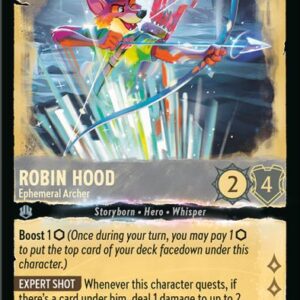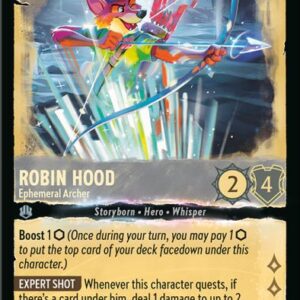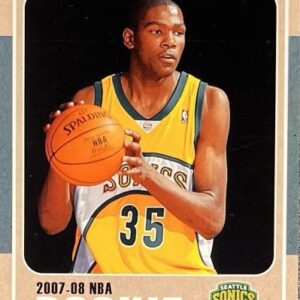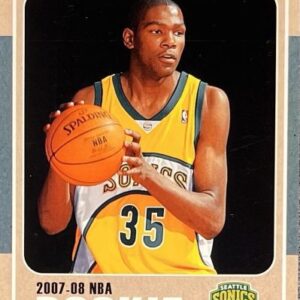In a cardboard universe where wizards duel amidst cosmic conjurations and eldritch elegies, the latest inclusion in the Marvel-inspired Magic the Gathering (MTG) set has tossed its web into a particularly sticky situation. With a hero as punk as his moniker implies, Spider-Punk swings into the MTG scene, turning the tables—and the tables of the players—upside down in more ways than one. Let’s dig into how this rebel from the Marvel multiverse could potentially upend the MP3s of many a Commander deck strategy.
Initially introduced under the spectacular announcement of a new Spider-Man MTG set, fans of the Commander format were a wee bit crestfallen when no preconstructed decks were announced. Typically, such announcements would have players anticipating novel deck builds, featuring vivid synergy and delightful layers of strategic nuance. Yet, the spotlight was not to be immediately on Commander—until Spider-Punk rudely crashed the scene.
If mainstream media had Spider-Man swinging through skyscrapers and stopping runaway trains, the MTG rendition, Spider-Punk, takes a less complicated yet devilishly enticing route: he throws a rock into the very fabric of the game. Costing just a luxurious duo of mana, Spider-Punk has the opportunity to be played early in the game; but don’t let the budgetary cost fool you—it’s what he brings along with him that has tongues wagging and eyebrows raising. His “Riot” ability—choosing haste or a +1/+1 counter—might be expected, but it’s the unruly rules he slaps onto the table that orchestrate a discordant tune in harmony with his punk persona.
What Spider-Punk lacks in statutory splendor he makes up with anarchy: once he’s center stage, no spells or abilities can be countered, and damage simply can’t be capably circumvented. The game’s beloved lifelines—Counterspell, Teferi’s Protection, and even the enigmatic One Ring—are desynchronized when Spider-Punk steps into the fray. His emergence is like a metal chorus emanating a disruptive edge, unsettling the carefully laid plans of meticulous wizards relying on well-practiced combos and protective spells. As for some players who treasure the function of disarray, Spider-Punk is the boisterous hero they’ve eagerly anticipated.
Plot twist, though—like any evolutionary mechanism of chaos, Spider-Punk’s disruptive strategy carries implications as dual-bladed as a superhero’s carbonadium sword. While the prescriptive no-counter, no-prevent framework can propel your game into overdrive, it likewise bestows an egalitarian anarchy, offering your adversaries the same privileges once their turn rolls around. It’s rock-paper-scissors with an albino snake thrust into the mix. On your turn, you might pave the path to victory without the fear of intersecting forces slamming the brakes on your headway. However, in yielding initiative, an opponent with instant-speed machinations is abruptly liberated to deploy havoc, potentially costing Spider-Punk his moment in the spotlight with strategic ease.
Adding more turmoil to the flux, Spider-Punk’s affordability in mana doesn’t extend to less tangible realms, namely, his presence in the marketplace. Anticipation for this iconoclastic card has seen prices ascend rapidly. Regular editions are perched in the twenties, foils find themselves in the territory of sixty-odd dollars, and the coveted special borderless editions are teasing transactions between forty-eight to fifty-five dollars.
Beyond our friendly neighborhood Spider-Punk, the Spider-Man set teems with fascinating potential. The Soul Stone seeks to usurp the throne as the deck’s most elusive chase card, an indestructible mana rock moonlighting as a reanimator. Doctor Octopus extends an olive branch to villainous collaborations, serving card draw with each menacingly elongated arm. The Green Goblin introduces us to “Mayhem,” a tantalizing ability where discarded cards are refashioned into threats instead of origin stories lost in oblivion.
What’s certain, though, is Spider-Punk, with all his zany charm and zeal, has introduced an embedded vibrato that disrupts not just the music of an MTG deck, but the rhythmic strategy of the Commander scene itself. Each web he slings alters the beat of traditional gameplay, provoking commanders and commanders-to-be to reconsider strategies that once felt as solid and sound as the foundation of any New York skyscraper. As the MTG meta sways with this new influence, only time—and the orchestrated symphony of player decks—will reveal if Spider-Punk is the hero we didn’t need or the havoc-induced champion we’ve secretly longed for.





